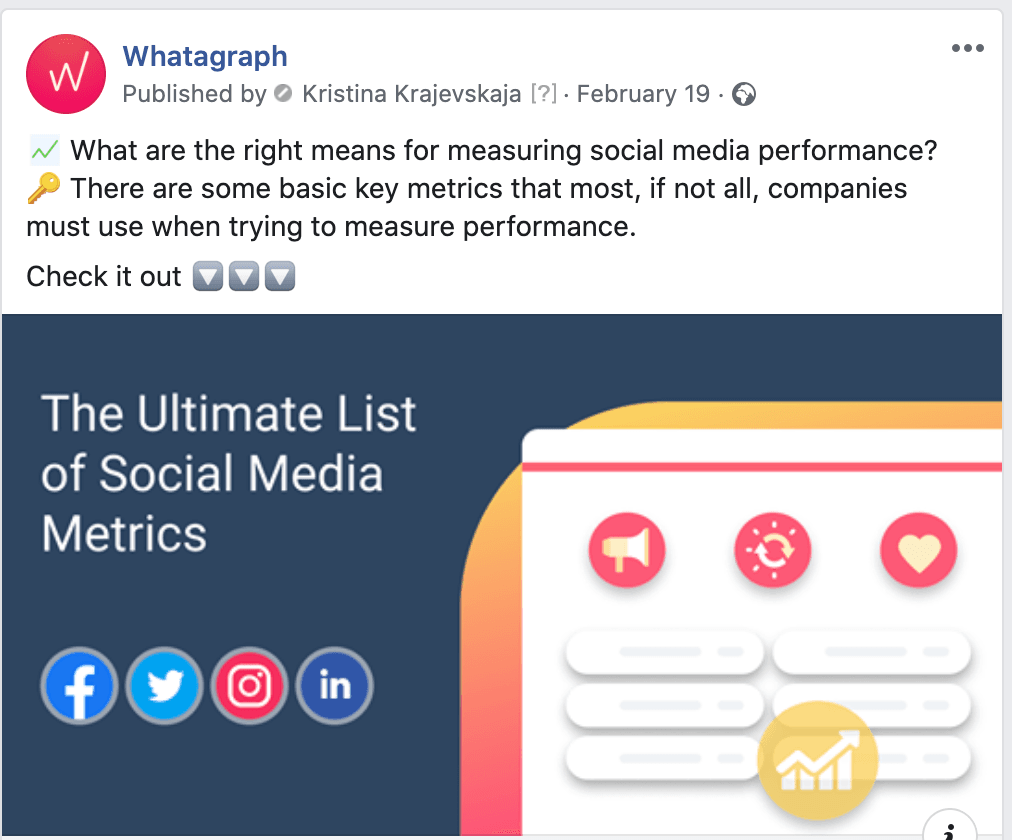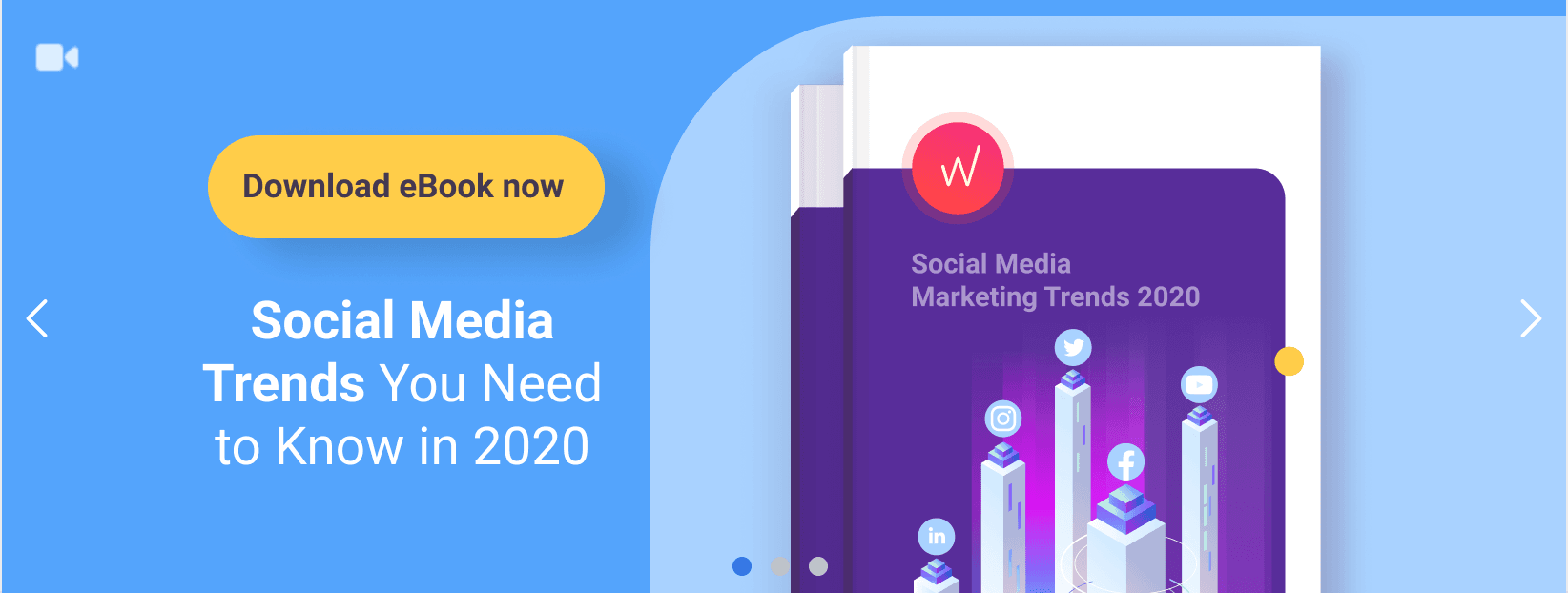The Best SaaS Marketing Strategies for Marketers
SaaS marketing is challenging. Imagine selling something that’s not tangible. How would you attract potential customers and convince them to buy your product? Even though it may seem hard and even impossible, a good SaaS marketing strategy makes things easier.

May 14 2020 ● 6 min read

You’ve probably used several SaaS products so far without even realizing it. SaaS is everywhere around you, from the app streaming your favorite playlist on the way to work to the site you use to email your boss. And the presence of SaaS in your life is even more prominent if you’re in digital marketing.
Let’s explain a few important things about Software as a service (SaaS) marketing so that you can understand it better.
What Is SaaS Marketing?
SaaS allows people to connect and use cloud-based applications over the Internet. This means hiring the use of an app for your business so that your customers can access it via an Internet browser. The type of marketing that focuses on the promotion and sale of this kind of software product is called SaaS marketing and there is also B2B SaaS.
If you compare it with other types of marketing that promote and sell physical products, this one involves proving to customers that their service is worth a monthly fee. Unlike traditional-product based businesses that generate revenue from a one-time purchase, this one relies more on ongoing subscriptions. With digital marketing software, SaaS marketing can be easier.
Successful SaaS Marketing Strategy
Here are several SaaS marketing strategies to get started and do your marketing job better:
1. Content Marketing
Each successful business is using content marketing to build its brand, earn new users, and generate leads. It has a compounding power of return which means it increases in value over time. Your SEO will also greatly benefit from a robust content marketing strategy.
While other types of marketing such as PPC advertising will drive leads as long as you pay for it, the content won’t stop driving leads.
When it comes to SaaS marketing, it’s all about information. Your customers will probably try several suppliers and products before choosing one platform. So, you must give them the necessary information that will convince them to choose your company.
Pay attention to what your competitors do and make sure you’re providing content that shows you’re offering more value.
Therefore, create content that your users want to read. SaaS marketers know that this type of marketing is a popular lead nurturing strategy.
2. Free Trials
Giving away a free trial service or product trial is one of the best SaaS marketing strategies, especially if your audience is tech-savvy people who prefer trying the service or product instead of hearing about it from a sales rep.

Everyone loves free stuff, including a free trial period of SaaS. This is a proven strategy to drive new customers.
Releasing your SaaS service or product for free as a 30-day free trial, a 90-day free trial, a trial version with credit card info, a limited version for free, etc., is a successful way to run SaaS marketing.
However, you must ensure people who get the free trial have a positive experience with your product so that they are later willing to pay a certain amount to continue using it.
Free trials are a great indicator of buyer intent. If people are spending their time to learn more about your service or product, it means they are more willing to buy it than others. This makes them product qualified leads and you should monitor them carefully.
3. SEO (Search Engine Optimization)
SEO works closely with content marketing so that users can find it more easily on search engines. There are two types of SEO you should consider, on-page and off-page SEO.
You have complete control over the first one by creating content that your target audience wants to read, share, and link to. However, you should also consider factors such as internal linking, keyword strategy, UI, page load time, and use of titles and descriptions.
When it comes to off-page SEO, the most important thing is the quality of link building. Less high-quality links from high authority and trusted sites are always better than more low-quality links. So, quality over quantity.
It’s not a quick task, but it’s a must if you want to dominate Google’s first page rankings. The easiest way to acquire do-follow links to your most vital target pages is to work with a SaaS link building agency with a strong SEO team behind.
4. Be Present on Social Media
Another quality indicator is links and shares from influential social accounts. To market and build a relationship with your potential customers, make sure you’re visible in the channels where most of them are.

Sharing valuable content that shows your knowledge and expertise can help you attract organic visitors and target ads specifically to your target audience using Facebook, LinkedIn, Twitter, and other channels.
5. Referral Marketing
Referrals have proven to be an incredibly effective type of lead. It’s still unclear whether businesses should incentivize referrals or not. Some believe that lack of incentive will generate fewer referrals, and others that incentivizing too heavily can result in low-value quality referrals.
What you should do for your SaaS business is a test and see which of them works best for you and then optimize for that.
Launching your referral program should come before focusing on optimization. A landing page can be created on your site where your audience can make referrals.
6. Google AdWords
Search engine ads are clicked millions of times every day, so you don’t want to ignore the potential leads from PPC advertising. So, the best thing would be to continue investing in PPC.
The reason why PPC is still popular is that it drives a targeted audience to your site and is highly scalable. This means that you’ll be able to increase or decrease spend according to your business’ needs each day. What’s more, Google Ads for SaaS companies has plenty of inherent predictability in regards to results and cost.
What you should do is run a series of tests so you can find out the activity that brings the best return of investment (ROI) for your business.
7. Co-marketing
Some SaaS companies run a co-marketing campaign with other businesses that share a similar approach or point of view to business or complement their product or service offering.
Companies that agree on co-marketing come up with a piece of content (host a webinar, create an eBook, or publish some research) and share the costs incurred and the leads generated.
In this way, both companies can reach a different audience and leverage each other’s following. If everything turns right for both teams, it could be a great strategy.
Combining forces with another prominent company can result in an extremely desirable piece of content and more leads. This is a cost-effective method to increase the reach of your brand and generate leads.
8. Retargeting
Regardless of your key conversion metric is an online purchase, free trial, or eBook download, most visitors to your website won’t take the desired action. However, remarketing or retargeting can help you re-engage the visitors that left your website, thus increase conversions.
What retargeting does is tracking the activity of the people that visited your website and showing them online ads while visiting other websites. This strategy can help you turn your website visitors into customers.
Nowadays, retargeting software can track people after attending a webinar or opening an email and launch a campaign based on these events.
There are even some tools that help marketers target people that still haven’t visited your site as long as they share similar characteristics. This can be done with Rebrandly, as this tool enables you to “fire” a retargeting pixel directly within a link whether it points to your website or not.
9. Make SaaS Sell Itself
You may think SaaS marketing it too complicated, but if you consider these marketing strategies it won’t be. However, make sure you think about everything that affects the bottom line, including the cost per lead, acquisition cost per customer, etc.
The most important aspects to consider are having an amazing product, valuable content, great customer support, and a SaaS dashboard to track all data.
How to Generate SaaS Leads?
Lead generation methods depend on the product and the industry. However, some common tactics are part of an effective SaaS growth marketing strategy. They include:
- Creating premium content - such as eBooks, guides, and whitepapers that users will value and give you their basic information in exchange via a landing page;

- Integrating with other products – a product that complements yours;
- Offering an amazing free trial – if people spend time trying your product, they are potential customers;
- Hosting regular webinars – if someone is willing to spend their time on your webinar, it means they are interested in your product. These are often the highest quality leads you’ll generate;
- Improving your existing lead generation tactics – conversion rate optimization;
- Guest posting – reaching out to publishers, influencers, and bloggers and asking them to feature your original content. This can help drive more people to your site and generate leads.
Published on May 14 2020

WRITTEN BY
Indrė Jankutė-CarmaciuIndrė is a copywriter at Whatagraph with extensive experience in search engine optimization and public relations. She holds a degree in International Relations, while her professional background includes different marketing and advertising niches. She manages to merge marketing strategy and public speaking while educating readers on how to automate their businesses.